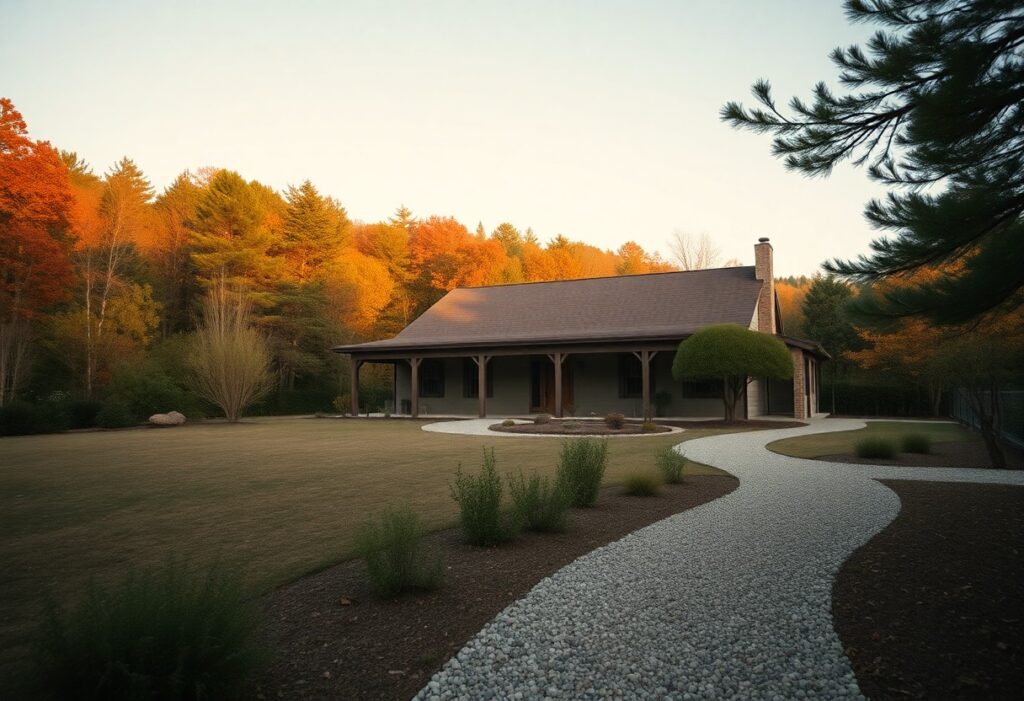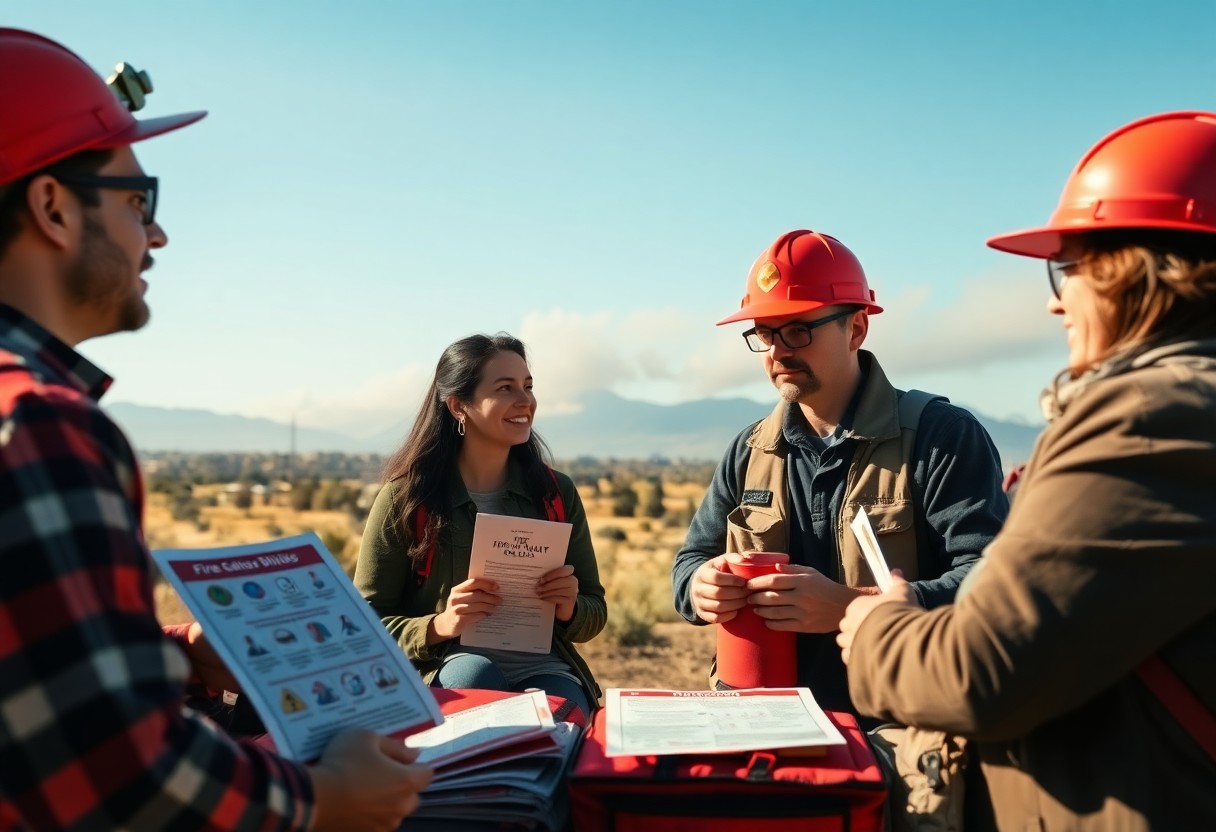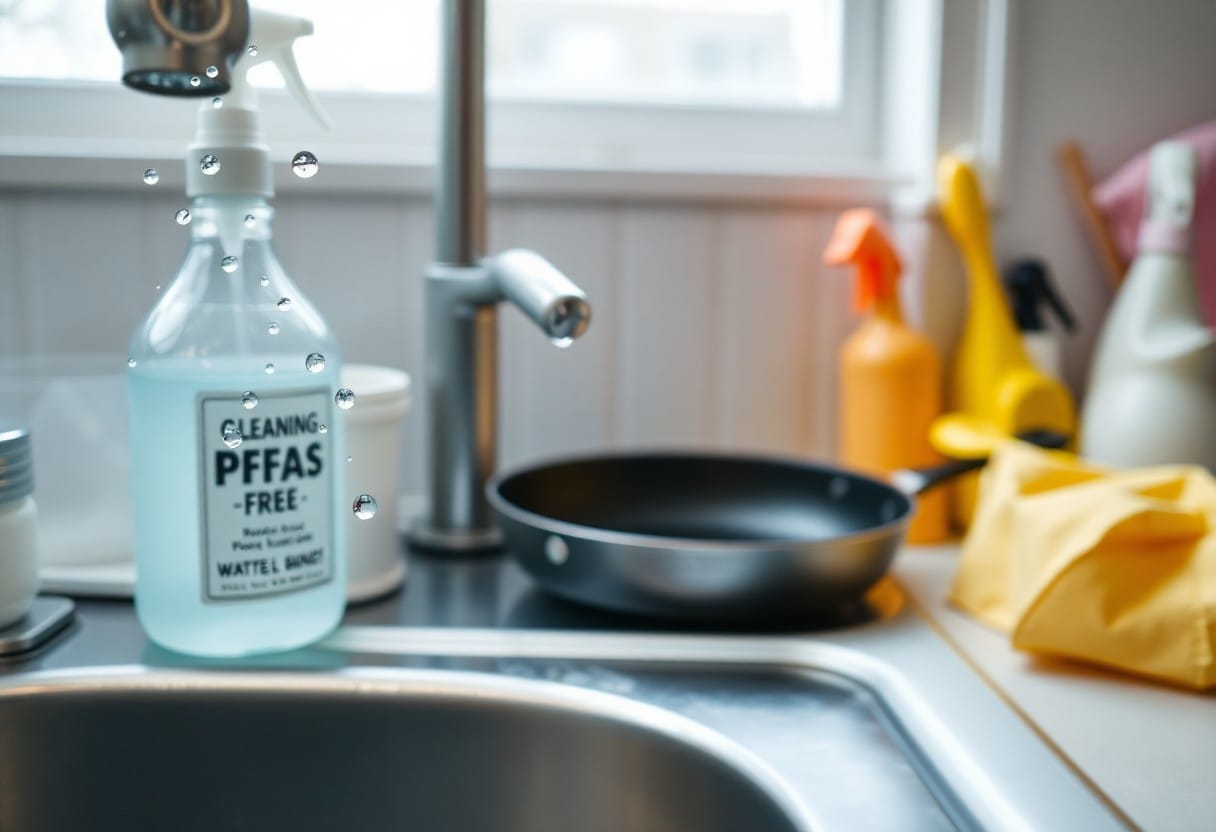Just as the threat of wildfires increases, so does your responsibility to protect your home. Your proactive measures can significantly reduce the risk of damage to your property. By implementing strategic landscaping, utilizing fire-resistant materials, and maintaining a clear defensible space, you can create a barrier against flames and minimize the potential for destruction. This guide offers practical tips to bolster your home’s defenses, ensuring you and your loved ones remain safe and secure during wildfire season.
Understanding Wildfire Risks
While it may seem that wildfires only occur in specific areas, the reality is that many regions are at risk. Understanding the wildfire risks in your area is imperative for prevention and protection. Factors such as vegetation, weather patterns, and local topography all play a significant role in determining how susceptible your home is to wildfire damage. Awareness of these risks empowers you to take proactive measures to safeguard your property and yourself.
Assessing Your Geographic Risk
An effective way to determine your home’s vulnerability is by assessing your geographic risk. Start by examining local wildfire history, the proximity of combustible vegetation, and assessing if you’re in a high-risk zone. Additionally, consult with local fire departments or governmental resources that provide maps indicating risk areas. By understanding these factors, you can make informed decisions about protective measures.
Climate Factors Influencing Wildfires
Risks associated with wildfires can significantly fluctuate based on certain climatic factors. For instance, prolonged periods of drought create conditions ripe for fires, while high temperatures and low humidity levels can exacerbate their spread. Other important elements include:
- Adequate rainfall vs. drought conditions
- Wind patterns that can spread fire quickly
- Seasonal temperature variations influencing vegetation dryness
This understanding helps you prepare better and respond effectively.
Even slight changes in your local climate can increase your exposure to wildfire risks. For example, an uptick in average temperatures can lead to a longer fire season, while decreasing humidity can make even small sparks more dangerous. It’s also imperative to monitor wind patterns, as strong winds can rapidly spread flames. Additionally, increased vegetation growth after wet seasons, followed by dry periods, can create ample fuel for wildfires. This insight allows you to stay alert and take timely action to protect your home.
Creating Defensible Space
One of the most effective strategies for protecting your home from wildfire damage is to create a defensible space around your property. This area acts as a buffer, minimizing the potential for flames to reach your home and providing firefighters with the accessibility needed to defend structures. You should establish this space by removing combustible materials, maintaining low vegetation, and implementing appropriate landscaping practices that enhance your property’s overall fire resilience.
Landscaping Strategies
Below are several landscaping strategies you can adopt to enhance your home’s defensible space:
- Use fire-resistant plants and materials.
- Implement hardscaping techniques like gravel, stone, or pavers.
- Create fire breaks by leaving bare soil or lawns.
- Maintain zones of low fuel around your home.
These strategies will help reduce fire hazards while enhancing your landscape’s aesthetic appeal.
Maintenance Tips for Your Property
Maintenance is imperative for ensuring your defensible space remains effective. Regularly inspect your property and attend to potential hazards as follows:
- Remove dead vegetation and debris.
- Trim trees and shrubs to limit upward fire spread.
- Clear gutters and roofs of flammable materials.
- Check fencing for fire-prone materials.
The importance of maintaining your defensible space cannot be overstated.
Defensible space requires ongoing attention to remain effective against wildfire dangers. You should schedule regular cleanups and inspections, focusing on vulnerable areas around your property. Create a routine that prioritizes the removal of combustible materials, and keep your landscape well-maintained. Additionally, consider implementing a firebreak by creating barriers with gravel or stone to further reduce fire risk. The result will be an effective defense against wildfires, ensuring your safety and the security of your home.
Fire-Resistant Building Materials
There’s no better time than now to consider fire-resistant building materials when constructing or renovating your home. These materials are designed to withstand extreme heat and prevent the spread of flames, significantly reducing your risk during wildfire season. Opting for fire-resistant options not only enhances your home’s safety but also can lead to lower insurance premiums and increased property value.
Choosing Safe Materials for Your Home
Behind every fire-safe home are materials specifically engineered to resist ignition and withstand intense heat. When choosing safety features for your property, prioritize non-combustible materials, such as stucco, brick, or concrete, for walls. In addition, consider fire-rated glass for windows to provide an additional barrier against flames and radiant heat.
Upgrading Your Roof and Siding
An effective way to bolster your home against wildfires is by upgrading your roof and siding. Choose materials like metal, tile, or fiberglass composites that are known for their fire-resistant properties. These upgrades can prevent serious damage and provide you with peace of mind during wildfire season.
Roof upgrades play a pivotal role in protecting your home from wildfires. A fire-resistant roof can significantly limit the chance of sparks igniting your home. Options such as metal, clay tiles, or asphalt shingles are excellent choices because they have a higher fire-resistance rating compared to traditional wooden shingles. Additionally, proper installation is imperative; ensure that all components, including underlayment and flashing, are also fire compliant. Investing in a fire-resistant roof not only safeguards your home but also contributes to its overall durability and longevity.
Home Safety Features
After understanding the risks associated with wildfires, enhancing your home safety features can make a significant difference. Installing non-combustible materials for roofs and siding and keeping vents covered helps prevent embers from entering your home. For more tips on effectively protecting your property, check out Preparing for Wildfires | PROTECT YOUR HOME TFS.
Installing Firebreaks
Beside fortifying your home, creating firebreaks around your property is effective in halting the spread of wildfires. Firebreaks, which are strips of land cleared of flammable vegetation, serve as barriers to prevent flames from reaching your home.
Use of Sprinkler Systems
Below installing firebreaks, consider using sprinkler systems as a proactive defense against wildfires. Sprinklers can drench your roof, deck, and surrounding areas, creating a moist environment that is less likely to ignite.
This system can be a strong ally for you during wildfire season. When activated, sprinklers deliver a continuous supply of water to critical areas, helping to cool ambient temperatures and minimize fire risk. It’s vital that you regularly test and maintain these systems, as they can provide necessary safeguarding moments when every second counts. Investing in quality equipment and a proper setup can turn your home into a safer haven amidst wildfire threats.
Emergency Preparedness
Unlike other disasters, wildfires can escalate rapidly, making it crucial for you to be prepared long before a fire threatens your home. Start by developing a comprehensive emergency plan that outlines your evacuation routes and establishes communication strategies with your family. Knowing your surroundings and having a well-thought-out plan can significantly increase your safety if wildfire conditions arise.
Creating an Evacuation Plan
Between familiarizing yourself with local evacuation routes and designating a meeting place, you’ll give yourself the best chance of safely escaping a wildfire’s path. Discuss this plan with your family regularly to ensure everyone is aware of what to do when emergencies arise.
Assembling a Wildfire Emergency Kit
Creating a Wildfire Emergency Kit is important for your safety during a wildfire. This kit should include basics like water, non-perishable food, necessary medications, and important documents. Equip it with a flashlight, batteries, and a first aid kit for any emergencies. Additionally, include items like masks for smoke protection, a whistle to signal for help, and other crucial that cater to your family’s needs.
Plan your kit meticulously to ensure it covers all aspects of emergency preparedness. Having a well-stocked kit can provide you with security during evacuations, allowing you ample time to gather your loved ones and tools. Additionally, check your kit semi-annually to refresh any expired items and adjust based on your family’s evolving requirements. Being equipped can make a significant difference when swift action is necessary, transforming a frightening experience into a manageable one.
Staying Informed
To effectively protect your home from wildfire damage, staying informed is vital. Knowledge of current fire situations, local fire danger ratings, and upcoming weather patterns can empower you to take proactive measures. Regularly check reliable sources, such as your local fire department or emergency management agency, to stay updated and prepared.
Local Alerts and Warning Systems
Beside seeking general information, you should enroll in local alerts and warning systems. These systems send critical notifications directly to your phone or email regarding fire conditions, evacuations, and emergency procedures. Quick access to real-time updates can provide you ample time to prepare or act when necessary.
Community Resources for Fire Prevention
Fire prevention is a shared responsibility, and engaging with community resources is vital. Many local agencies offer free workshops, materials, and guidance on creating defensible space around your property. By connecting with your community, you can gain valuable insights into fire-safe practices, participate in neighborhood fire drills, and collaborate on emergency plans.
Understanding the available community resources for fire prevention can significantly enhance your home‘s safety. Local fire departments often provide educational programs that teach you how to maintain a defensible space around your home, reducing the risk of fire encroachment. Additionally, they may offer financial assistance for mitigation efforts and community-wide initiatives aimed at enhancing fire readiness. Take advantage of these resources to not only protect your property but also foster a stronger, more resilient community prepared for wildfire threats.

To wrap up
So, by taking proactive measures such as creating defensible space around your property, using fire-resistant materials, and maintaining your landscape, you can significantly reduce the risk of wildfire damage to your home. Regularly inspecting and maintaining your gutters, roof, and siding is also vital. Stay informed about local fire conditions and develop an emergency plan with your family to ensure you are prepared. By following these tips, you enhance the safety and protection of your home against wildfires.










